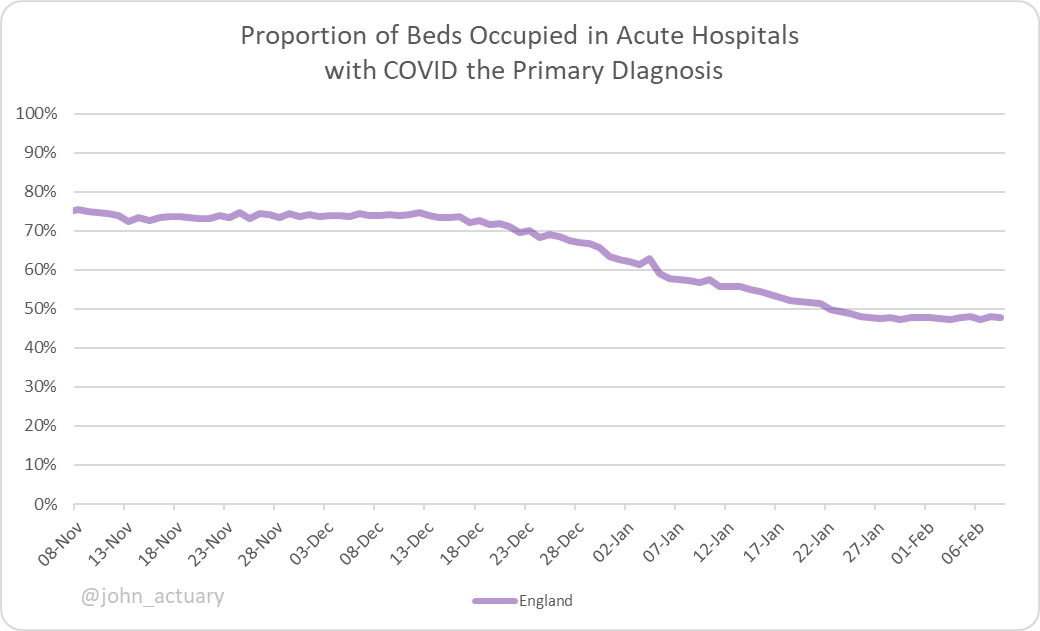
2020 data from ONS for Under 75s shows a significant increase in "avoidable mortality", though COVID has been classified as avoidable, so there's no particular surprise there.
What about if we exclude COVID though?
1/
What about if we exclude COVID though?
1/

Now we see a different picture with 2020 the second lowest yet, and just 0.4% higher than 2019.
So in aggregate there's no evidence of material non-COVID deaths increasing due to the pandemic.
Let's look at individual causes next...
2/
So in aggregate there's no evidence of material non-COVID deaths increasing due to the pandemic.
Let's look at individual causes next...
2/

Splitting out causes we do see statistically significant increases in circulatory (+8%) and alcohol/drug related deaths (+12%), but these are offset by falls elsewhere.
3/
3/

That covers the first 10 months of the pandemic - obviously 2021 may show a different picture, particularly as delayed diagnoses etc start to have a bigger impact, but these data don't support the material extent of "lockdown" impact some have suggested happened in 2020.
4/
4/
Report here. Note that the international definition of avoidable mortality is used.
ons.gov.uk/peoplepopulati…
5/5
ons.gov.uk/peoplepopulati…
5/5

• • •
Missing some Tweet in this thread? You can try to
force a refresh



















